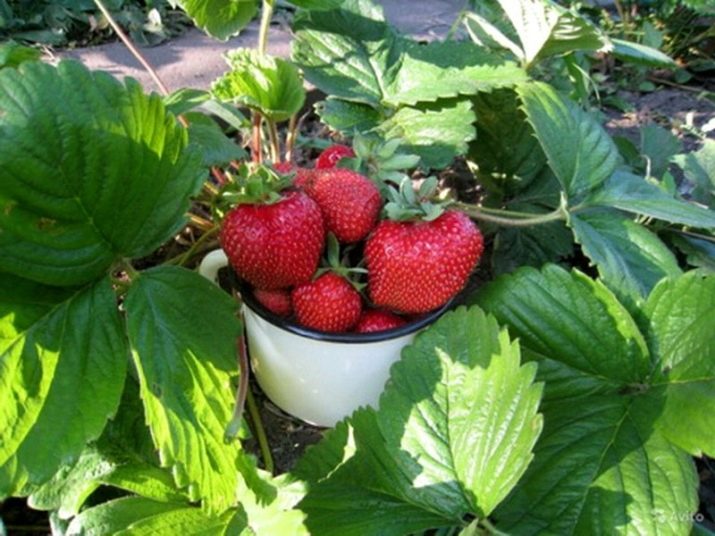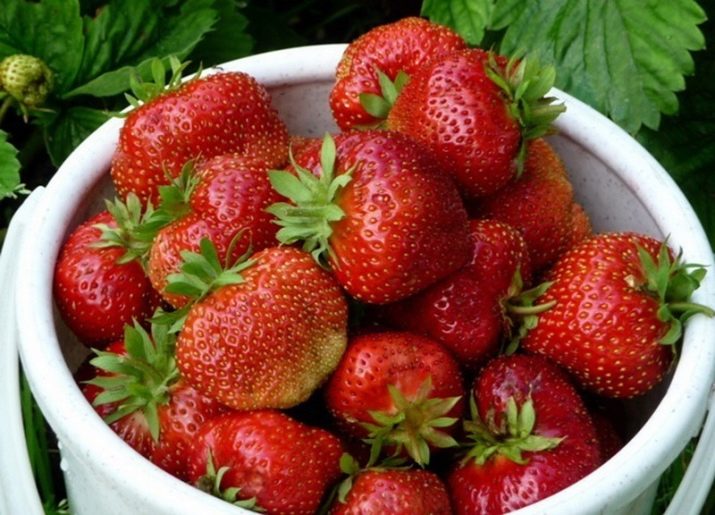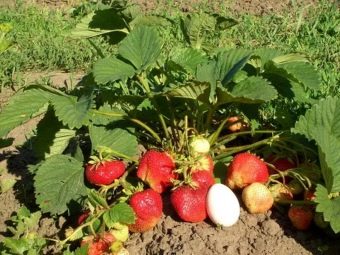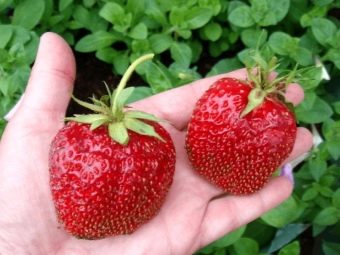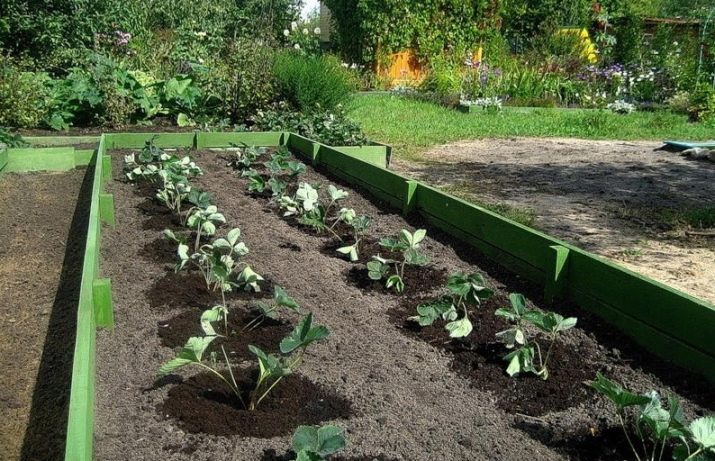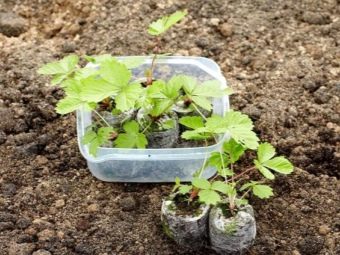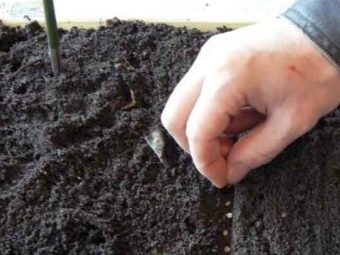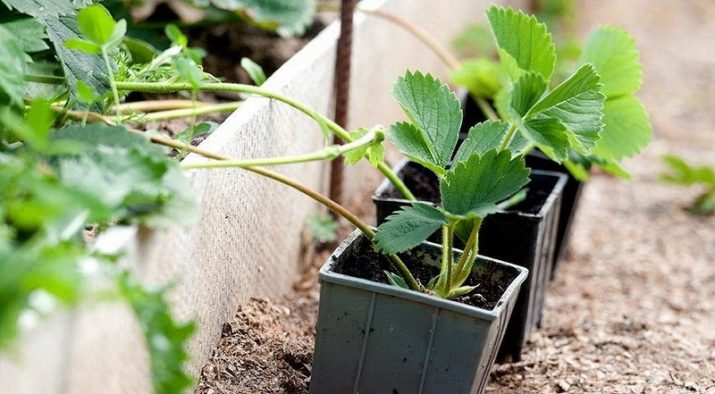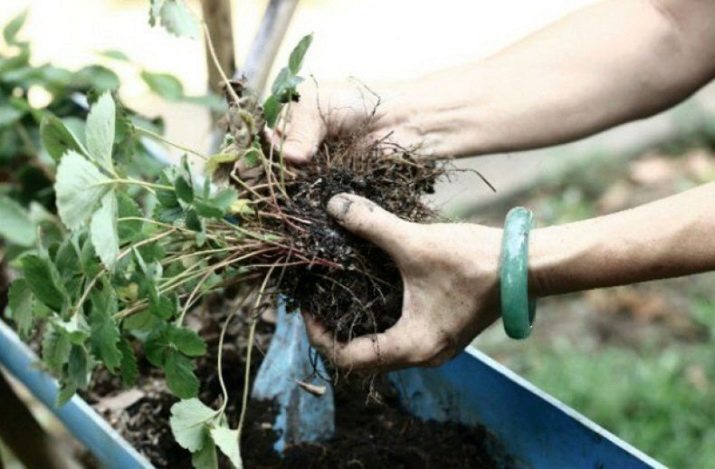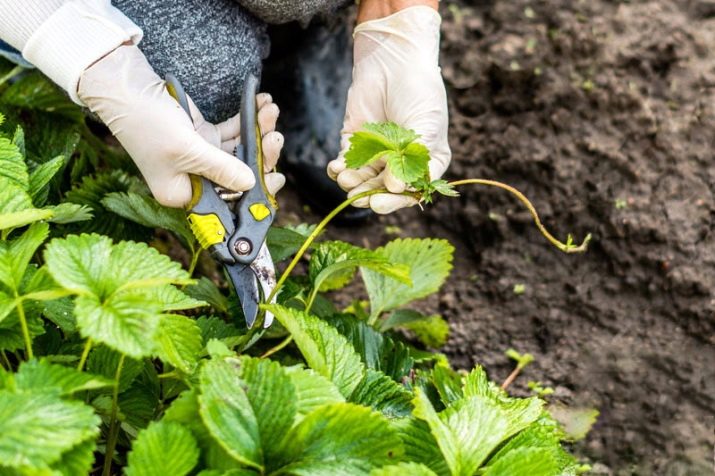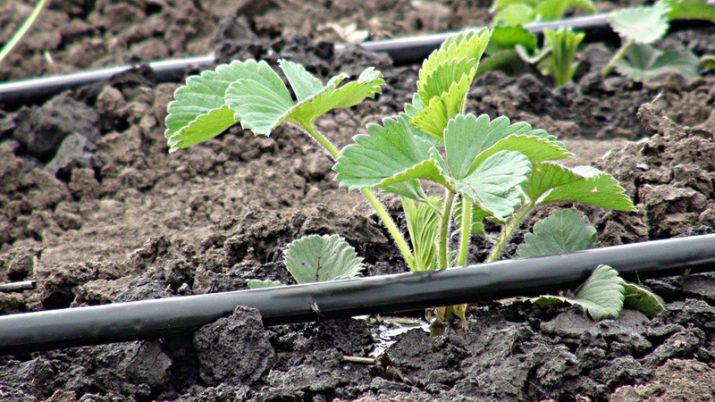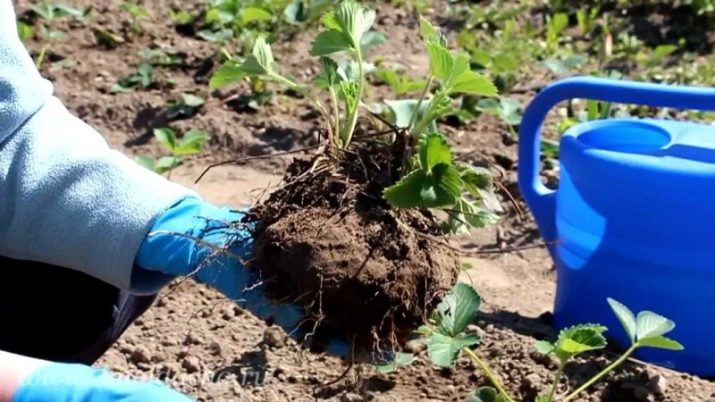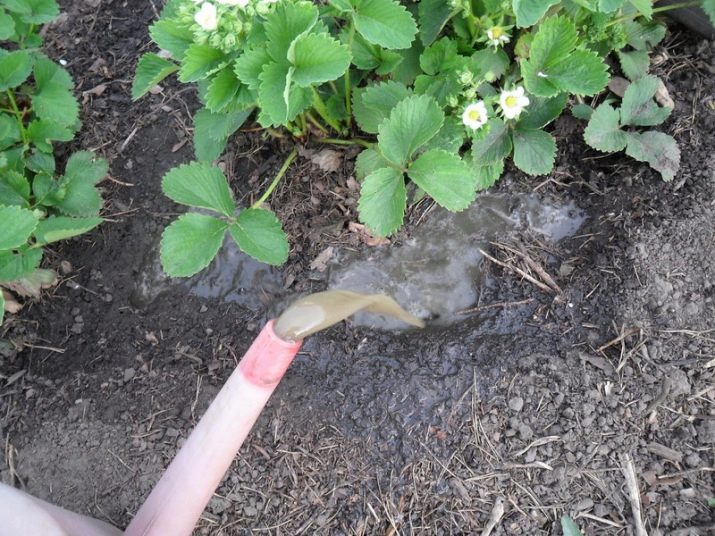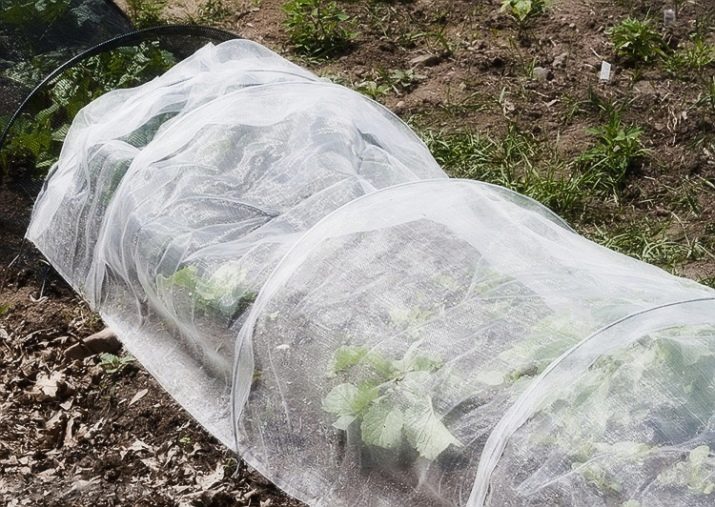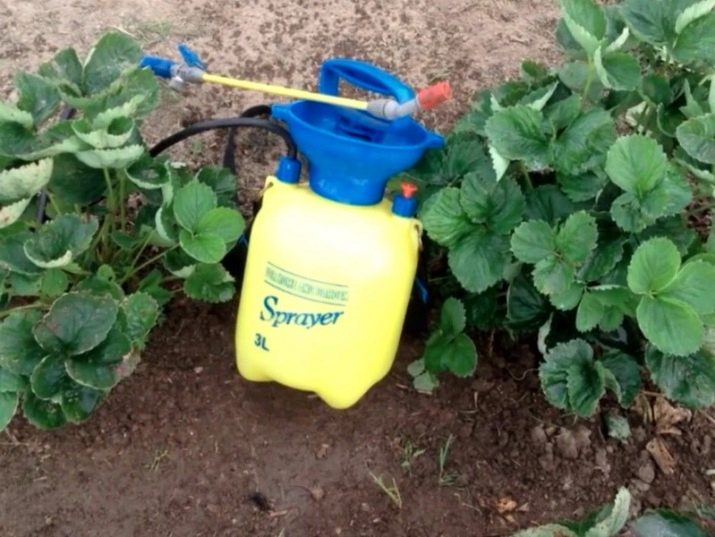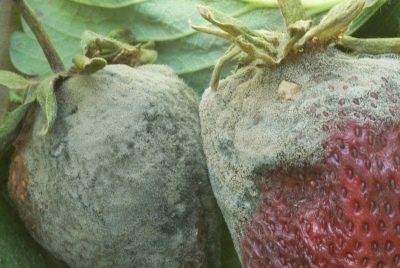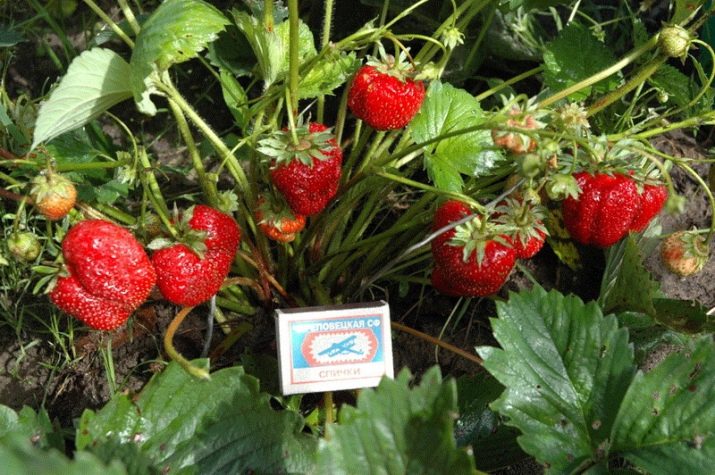Strawberry "Gigantella Maxim": description of the variety and cultivation

A favorite among the seasonal berries, which are widely cultivated in the gardens and on the backyards, remains strawberries.The culture never ceases to amaze with its variety, as well as the quality of the crop. In the existing assortment of strawberry types, it is worth mentioning Gigantella Maxim, whose fruits have rather non-standard sizes.
Special features
It is hardly possible to find someone indifferent to strawberries. Of course, the main qualities that come to the fore in the course of picking a berry are its taste characteristics, the mass and number of ripe fruits. The above properties of this Dutch culture fully justify the prevailing popularity of Gigantella Maxim.
However, the plant is widely cultivated by Russian summer residents and gardeners not only due to the large size of the berries, but also in the light of light agricultural practices concerning the cultivation of garden strawberries.
Variety of berries should be attributed to srednepodnye crops in fruit ripening time. In addition to juiciness and sweetness in taste, it is necessary to note the unique aroma of ripe strawberries, which has unobtrusive strawberry notes.
Cultivation does not have clear restrictions on strawberry zoning.that allows you to successfully cultivate a Dutch delicacy in the southern latitudes, as well as in the greenhouse conditions of the northern regions. Strawberry bushes demonstrate good winter-hardiness, but in the course of cultivation in areas of dangerous agriculture, the main agro-technical measure is the mandatory shelter of plants for the winter.
Shrubs "Gigantella Maxim", as well as berries, are characterized by large dimensions. As a rule, the height of one plant is about 40-50 centimeters in the first season after planting. The following year, plants can add another 10 or 20 centimeters to the available size. Stalks and strawberry leaves are not far behind in size. Unlike most other berry varieties, the greens of the variety are rather corrugated, which gives additional volume to the growing crops on the plot.
As for the underground part of the plant, its root system is very strong and branched, due to which, when planting bushes of garden strawberries, it is necessary to avoid excessive thickening of the beds.
During the flowering period, strawberry bushes may contain about 20 peduncles. As a rule, on each form from 5 to 10 buds. Typically, the phase of flowering varieties falls on May, so that the ripening time of the berries falls on June. This characteristic is the main positive feature of the Gigintella Maxim variety.
Harvest juicy fruits from the bushes can be collected within 1-2 weeks. As the experience of cultivating a plant shows, berries from the very first harvest are distinguished by the most outstanding sizes. Their weight is about 100 grams, but those that ripen later will have less weight, amounting to about 50 grams. The strawberry has a rich red color, the surface of the berries is quite dense with a noticeable roughness. Mistakes related to insufficient moisture intake during the cultivation of a crop can provoke the ripening of berries with a hollow core.
The harvest of strawberries can be saved by freezing in the freezer, while the berries do not lose their organoleptic and useful qualities.
"Gigantella" is a berry crop belonging to varieties capable of abundant fruiting. If you comply with all the requirements relating to the care of bushes, about 2-3 kilograms of fresh berries can be collected from a single plant. Based on practical experience, it can be argued that strawberries in the same garden plot can produce good yields for seven years, but to improve yields, you can update the beds with berry bushes once every 3-4 years.
It should be borne in mind that the size of the crop berries will correspond to the characteristics specified in the description of the variety, only with competent agricultural techniques.
"Gigantella Maxim" is a culture that is popular not only for cultivation in private garden plots.In light of the mass of unique qualities of the plant it is successfully grown for industrial purposes. This possibility is due to the ability of the harvested crop to withstand transportation over long distances without loss of commodity and taste.
To have the most complete picture of culture, it is worthwhile to dwell on its positive and negative qualities. The advantages of the variety include the following characteristics:
- lack of periodicity in fruiting;
- the impressive size of ripe berries that do not depend on the age of the plant;
- good keeping quality of berries;
- high taste qualities;
- the berries are perfectly freezing;
- precocity culture.
To the weak sides of the variety must include such qualities.
- The need for the organization of proper watering. Mistakes associated with the introduction of moisture, will adversely affect the yield and taste of berries, and can also lead to wilting of the bushes in general.
- For proper development of the variety, it is necessary to correctly select a site for planting. Despite the light-loving culture, direct rays cause burns, and shading can cause the bushes to become gray rot.
- “Gigantella Maxim” is demanding on its predecessors, therefore the soil for planting strawberries should be rested. The grade well develops after landing on a site bean.
- The yield, taste and size of the varieties of berries are directly dependent on the work on updating the beds, in light of which these activities are mandatory.
Landing
When planning to cultivate the "Gigantella Maxim", it is worth considering its size, on the basis of which to prepare the place for the beds. They should be many times wider than standard sizes. The optimal placement of bushes in this class will be a scheme involving rooting of no more than four plants per square meter of vegetable garden.
As for the type of soil on the plot, strawberries grow best in loam, in addition, the level of soil moisture is of paramount importance. You can plant a berry crop in sandy soil, but in this embodiment it is mandatory to introduce a complex of fertilizers for the normal growth of the bushes and the development of berries.
The beds should be located on a uniformly lit place so that the strawberries ripen on all sides. In advance it is necessary to protect crops from drafts. If you plan to grow "Gigantella" in a closed ground, it is worth considering that the plant will need additional lighting, otherwise the berries do not gain proper sweetness.
The variety is well propagated by seed, seedling, dividing the bush and cultivating from the whiskers.
If you plant this variety of strawberry seeds, you need to know that the culture will be able to bloom not earlier than in three years. Sow the material in February, for the seedlings will need a small container with drainage. The soil is a mixture of earth and sand.
Seeds deepen in the tank, after which the soil is moistened and covered with a film. The first shoots usually hatch after two weeks.
When growing strawberries with antennae, preference should be given only to strong processes that have a properly developed rosette. The method of reproduction with antennae involves the separation of this part of the plant, followed by rooting as an independent culture.
Branches for the first time are planted in separate pots, and then rooted with the ground in the holes. In the first year the plant will not bear fruit, but in subsequent seasons, you can expect good yields of sweet berries.
Strawberry bushes can also be propagated by dividing the plant. To separate part of the culture, you must choose an adult plant, which will be at least three years. Planting of the separated material should be carried out in the most nutritious soil, the best mix for this purpose is a mixture of earth with sand and humus.Planted in this way, seedlings can quite a long time to adapt to new conditions, but, as practice shows, in the second or third year, the plant will already be able to produce good yields of strawberries.
Care
Agrotechnics related to “Gigantella” are not much different from the mandatory measures for the care of other berry crops. But given the size of strawberries, there are still a number of individual characteristics that should be considered during the cultivation of the variety.
First of all, it concerns the rapid growth of bushes, as a result of which a large number of antennae form on the plants. In order to prevent excessive thickening, it is worth regularly treating planted crops, leaving only a few plants if necessary, which will later be used for reproduction.
"Gigantella Maxim" requires regular introduction of moisture, since the future yield of the variety directly depends on it. It is recommended to water the berry bushes every other day, in addition, to preserve moisture in the soil, use a layer of mulch. Particular attention should be paid to the culture in the ripening phase of the berries. During this period, watering should be done in the morning or after sunset.
The most effective method to provide strawberries with the required amount of moisture is the drip variant of watering the beds.
If, for one reason or another, there is none, watering strawberry bushes stands in between the rows, combining work with loosening the soil and removing weeds.
Since the culture needs to be transplanted in the third or fourth year after disembarkation, this event is also included in the set of compulsory works for the care of the plant. It is more correct to perform similar manipulations in July, after the fruiting phase. Transplanting requires great care from the gardener, as there is a risk of damage to the root system. When rooting crops should fertilize the wells and enter the composition, which will destroy pathogens in the ground.
Like any other garden crop, strawberry responds well to the introduction of top dressing. The considered variety bears fruit better, if every year it is carried out to feed the soil with rotted manure. In the spring, it is worth purchasing the Gumi store mix and the Photospirin preparation, which are used to disinfect the land in the garden beds.
The introduction of the remaining fertilizers is carried out weekly; organic infusions should be used for these purposes, in which superphosphate, bird droppings and potassium salt are additionally introduced. On the positive side, ready-made formulations have proven themselves, which are intended specifically for garden strawberries.
Fertilizing plants is best done along with watering the bushes.
Strawberries are quite sensitive to cold. In the spring in the flowering phase, zero temperature can harm future crops. With the onset of the first frosts, beds with strawberries should be covered with breathable fiber raw materials that can maintain the required temperature without interfering with the air exchange and moisture. In addition, the material will act as a protection against growth in the beds of weeds, and protect the fruits of the crop from pollution.
Diseases and pests
Because of its excellent taste, the culture is popular not only among potential consumers and gardeners, but also among insect pests. Ticks and slugs pose a great danger to the crop, especially if the plant is not properly cared for.
To fight them It is necessary to regularly spray the bushes. As practice shows, for the season you need to perform at least four treatments from insects. In this case, the same preparations are used that are recommended for soil disinfection. However, in the phase of formation of colors to "Fitospirin" it is worth adding a few drops of "Fitoverma". Usually work on the processing of bushes are carried out in May, then in early August and in September.
The variety demonstrates immunity against gray rot, but for the prevention of the bushes should still be sprayed with extract of horse sorrel. The solution is prepared from the crushed leaves of the plant, which are poured boiling water, and then infused for several days. Before processing the suspension should be drained. This tool, in addition to therapeutic and disinfecting effect, acts as an effective organic fertilizer for strawberries.
Gardeners reviews
Most gardeners engaged in the cultivation of "Gigantella Maxim", give positive feedback about the culture. The main attention, of course, deserve the size of the berries and their taste characteristics. As for cultivation for industrial purposes, the variety is valued for its good keeping quality. However, as practice shows, to achieve high yields can only be provided competent agricultural practices.
See how to plant strawberry varieties “Gigantella Maxim” in the next video.

